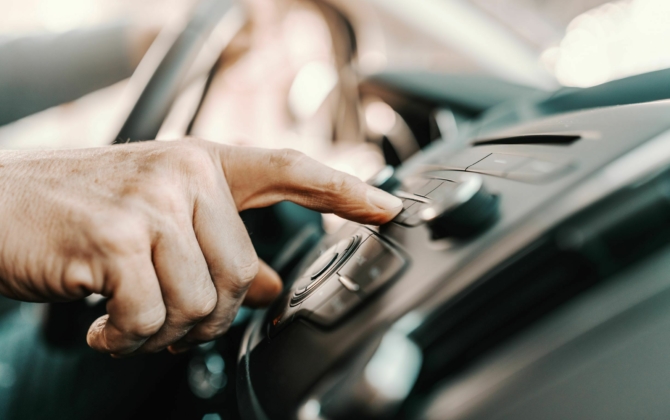Jump to
Driving is important for the independence, and ongoing social and economic participation, of older Australians. Approximately 92% of adults aged 70+ are licensed drivers, and this demographic is overrepresented in crashes per distance travelled, have fatality rates equivalent to those of drivers aged 17 – 25, and their frailty increases their risk of serious injury.
Cognitive declines in ageing are one of the main causes of the increasing risk for older drivers, as these changes impact decision-making, visual perception and reaction times. Concurrently with an ageing population, we are undergoing a revolution in vehicle technology with the evolution of Automated Driver Assistance Systems (ADAS). This project aims to enhance our understanding of whether cognitive changes associated with ageing impacts older drivers’ use of emerging vehicle automation and assistive technologies. Through analysis of insurance claims databases, a large consumer survey and a naturalistic driving study, evidence will be obtained on how ageing and cognition interact with assistive technology.
Led by Professor Anstey, this ARC Linkage project is conducted in partnership with National Seniors Australia and Suncorp. The project team includes Professor Michael Regan from UNSW Faculty of Engineering and the Research Centre for Integrated Transport Innovation; Dr Kim Kiely, a specialist in sensory loss and cognitive decline in ageing from UNSW School of Psychology; Professor Mari Velonaki, Director of the Creative Robotics Lab in the UNSW Faculty of Art & Design and Lead Investigator of the UNSW Ageing Futures Institute; and Associate Professor Lesley Ross of Penn State University, USA, a specialist in older drivers and cognitive health.
Findings will inform older drivers, government policy makers and industry on ageing, cognitive changes and the use of assistive technology in vehicles. This will provide benefits for older drivers by promoting optimal driving which will enhance social engagement as well as safety.



